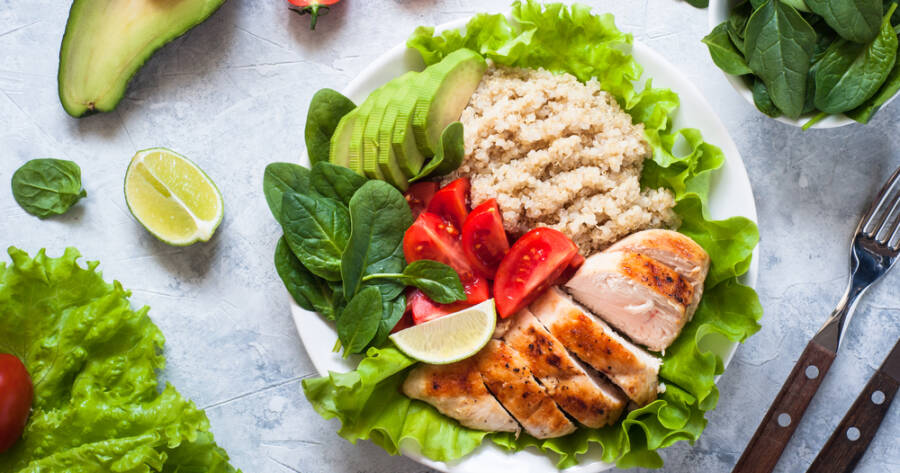Eating well doesn’t have to feel complicated or restrictive. Building a balanced plate is all about combining the right mix of nutrients to keep you energized, satisfied, and nourished—without overthinking every meal. Instead of focusing on strict rules, it’s about creating a simple, flexible framework that supports your health and fits seamlessly into your routine. With a few easy principles, you can enjoy meals that are both nutritious and delicious, stress-free.
Start With a Colorful Base of Vegetables
Vegetables should be the foundation of any balanced plate. Aim to fill at least half your plate with a variety of colorful, non-starchy veggies like leafy greens, bell peppers, carrots, broccoli, or cucumbers. They’re packed with essential vitamins, minerals, and fiber that support digestion and keep you feeling full.
Mixing colors isn’t just visually appealing—it ensures a wide range of nutrients. Whether raw, roasted, or lightly steamed, vegetables provide volume and nutrients without adding unnecessary calories or heaviness to your meal.
Include Lean Protein for Staying Power
Protein plays a crucial role in keeping you energized and satisfied. It supports muscle health, stabilizes blood sugar, and prevents mid-day cravings. Add a palm-sized portion of lean protein to your plate—think grilled chicken, fish, eggs, tofu, lentils, or beans.
Plant-based or animal-based, the key is variety. Rotating protein sources keeps meals interesting and nutritionally balanced. This approach ensures you’re meeting your body’s needs without falling into the trap of repetitive or overly heavy meals.
Add a Serving of Healthy Carbohydrates
Carbohydrates often get a bad reputation, but they’re essential for providing energy and supporting brain function. Choose whole, minimally processed options like brown rice, quinoa, sweet potatoes, or whole-grain bread. These types of carbs are rich in fiber and nutrients, helping keep blood sugar levels stable.
A small portion—roughly the size of your fist—is typically a good guideline. Pairing healthy carbs with proteins and fats slows digestion, leaving you fuller longer and preventing the energy crashes that come from refined sugars.
Don’t Forget Healthy Fats
Healthy fats are key to a balanced plate, providing lasting energy and supporting nutrient absorption. Incorporate sources like avocado, olive oil, nuts, seeds, or fatty fish like salmon. These fats also contribute to heart health and help regulate hormones.
A tablespoon or the nail of the thumb is often enough to round out your meal. Including fats not only adds richness and flavor but also enhances the overall satisfaction and nutritional quality of your plate.
Watch Your Portions Without Overthinking
Balance isn’t just about the food choices—it’s also about portion sizes. Using simple visual cues, like filling half your plate with veggies, a quarter with protein, and a quarter with carbs, can eliminate the need for calorie counting. Adjust as needed based on your activity level and hunger cues.
Avoid the stress of perfection. Some days might be more carb-heavy or protein-focused—and that’s okay. The goal is flexibility and mindfulness, not rigid rules, so you can maintain balance over time.
Hydrate and Enjoy Mindfully
No balanced meal is complete without considering hydration. Drinking water throughout your meal aids digestion and prevents overeating. Opt for water, herbal teas, or other low-sugar beverages to complement your plate.
Equally important is slowing down and enjoying your meal. Mindful eating—paying attention to flavors, textures, and fullness cues—helps you better appreciate the food and listen to your body. This simple habit supports digestion, satisfaction, and a healthier relationship with eating overall.
A Simple Path to Better Eating
Building a balanced plate doesn’t have to be stressful or complicated. By focusing on a variety of colorful veggies, lean proteins, healthy fats, and nourishing carbs, you create meals that fuel your body and leave you feeling good. Allow room for flexibility and enjoyment—it’s not about strict rules but creating a sustainable approach to eating well. Small, intentional choices every day can lead to long-lasting improvements in your overall health and well-being.

